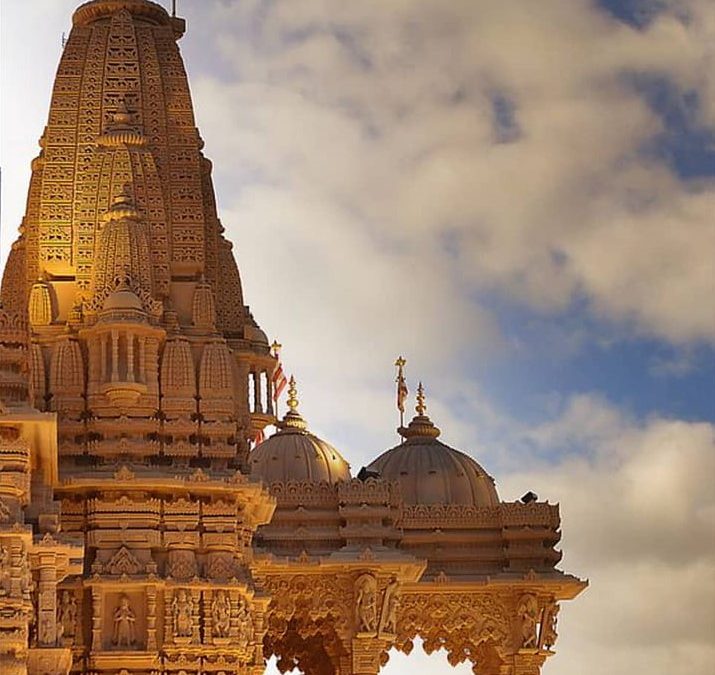The Ayodhya Ram Mandir, also known as the Lord Shri Ram Temple, is a highly anticipated Hindu temple situated in Ayodhya, Uttar Pradesh, India. The construction of the temple has been at the center of a prolonged religious and political dispute in the country. The new Hindu temple at Ram Janm Bhumi is nearing completion, and there is considerable excitement among Hindus worldwide as it is scheduled to open on January 24, 2024. Prime Minister Shri Narendra Modi is set to inaugurate the temple, situated in Ayodhya, considered the sacred birthplace of Lord Shri Ram. The completion of the temple is expected on February 24, 2024.
Once the opening date is officially announced, the process of allowing people to book tickets for a visit will commence. To secure a visit to the new Ram Mandir upon its completion, it is imperative to register for the Ayodhya Ram Mandir visit in 2024.
This article delves into the historical background, architectural marvel, cultural significance, and practical details on how to reach the Ayodhya Ram Mandir.
History of Ayodhya Ram Mandir: The history of the Ayodhya Ram Mandir spans centuries. The temple is erected on the site believed to be the birthplace of Lord Ram, a revered Hindu deity. In the 16th century, the temple was demolished by the Mughal emperor Babur, and a mosque, known as the Babri Masjid, was constructed in its place. The Babri Masjid stood for centuries until its controversial demolition in 1992 by Hindu nationalists, leading to widespread violence and communal tensions. The Ayodhya dispute has been a contentious issue in Indian politics, culminating in a 2019 Supreme Court ruling favoring the construction of a Ram Janmabhoomi temple.
Architecture and Features of the Ayodhya Ram Mandir: The Ayodhya Ram Mandir is a majestic temple designed in the Nagara style of temple architecture, characterized by towering spires or shikharas. Crafted from pink sandstone and spanning 2.77 acres, the temple is surrounded by a spacious courtyard and hosts smaller shrines dedicated to various Hindu deities. A notable feature is the giant Shaligram stone, a black stone symbolizing Lord Ram, sourced from the Gandaki river in Nepal.
Rising to a height of 161 feet, the temple comprises three floors, each serving a distinct purpose. The first floor is devoted to Lord Ram, the second floor to Lord Hanuman, and the third floor functions as a museum, showcasing the history and culture of Ayodhya. The expansive temple complex includes a yajnashala for Hindu fire rituals, a community kitchen, and a medical facility, spread across 67 acres, aiming to become a prominent cultural and religious center.
Significance of the Ayodhya Ram Mandir for Hindus: The Ayodhya Ram Mandir holds profound importance as one of the foremost pilgrimage sites for Hindus, believed to be the birthplace of Lord Ram. Its construction symbolizes a victory for the Hindu community after decades of advocacy. The temple is anticipated to contribute to Ayodhya’s development as a major religious and cultural hub, generating employment and fostering economic growth in the region. With expectations of drawing millions of devotees from around the world, the temple is poised to become a significant religious and cultural landmark.

